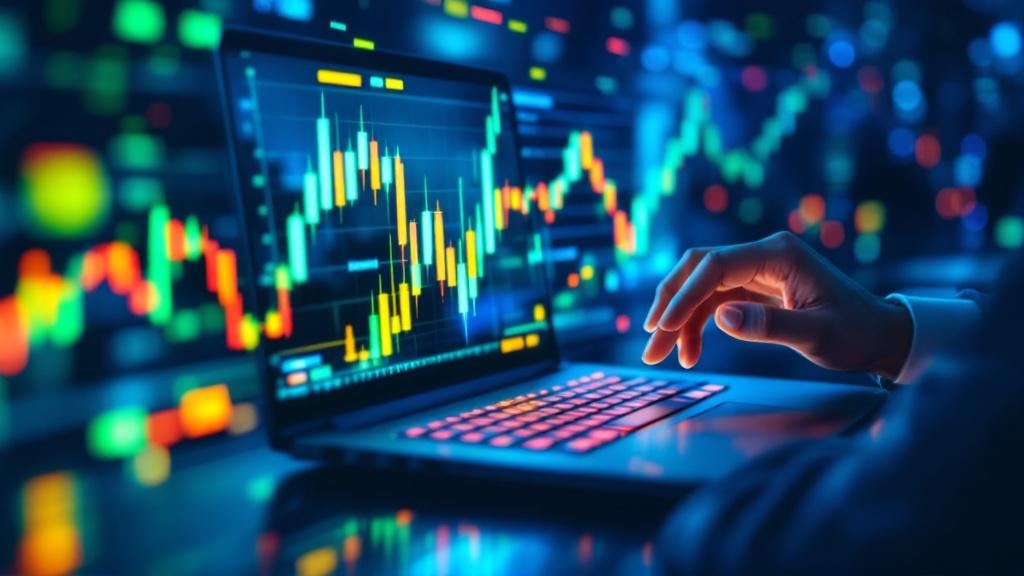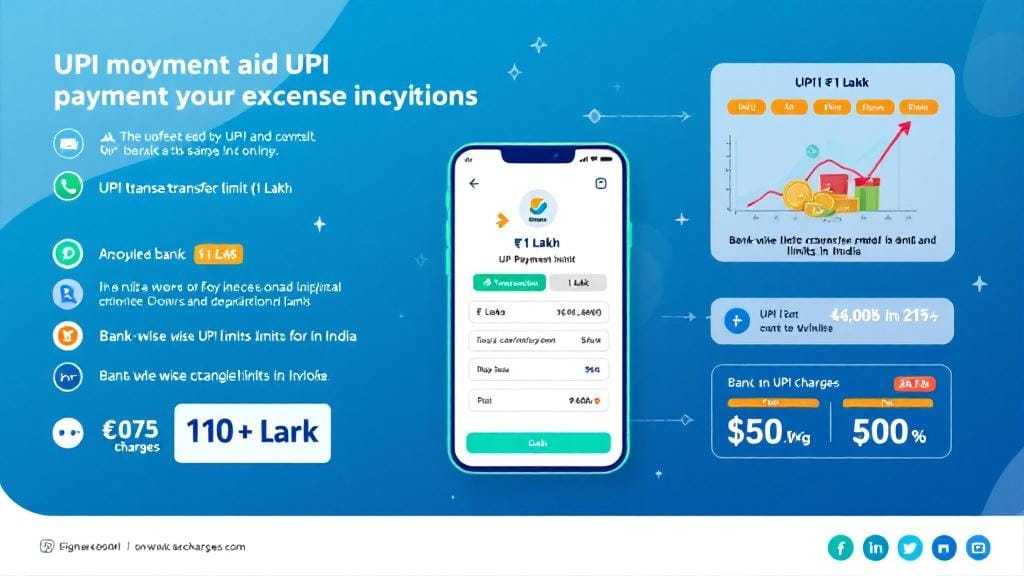Forex trading can feel like a whirlwind, especially if you’re just starting. But it doesn’t have to be daunting. Understanding forex analysis is your key to unlocking the vast potential of the forex market. In this guide, we’ll break down forex market analysis, show you some of the most effective forex trading strategies, and introduce the essential forex analysis tools and techniques.
By the end of this post, you’ll have the knowledge to navigate the forex market with more confidence and accuracy. Whether you’re a newbie or an experienced trader, this guide offers insights that can level up your trading game.
What is Forex Analysis?
At its core, forex analysis is the process of evaluating the currency market to forecast future price movements. Traders rely on various types of analysis to make informed decisions. These include:
Technical Analysis Forex: Analyzing price charts, patterns, and indicators to predict future movements.
Fundamental Analysis Forex: Assessing economic, political, and social factors that could influence currency values.
Sentiment Analysis: Gauging market sentiment to predict market trends based on emotions or crowd behavior.
The goal of forex market analysis is simple—help traders make data-driven decisions to capitalize on market fluctuations. Now, let’s dive deeper into the types of analysis that can guide your forex trading.
Types of Forex Analysis
1. Technical Analysis Forex
Technical analysis focuses on historical price data and market behavior. By using forex charts and technical indicators, traders identify patterns, trends, and possible future movements.
Here are some key concepts and tools used in technical analysis:
Forex Price Action: Price movements on the chart without the use of indicators.
Candlestick Patterns: Visual representations of price movements. Common patterns include the Doji, Engulfing, and Hammer patterns.
Forex Indicators: These are mathematical calculations based on the price, volume, or open interest of a currency. Common ones include the Relative Strength Index (RSI), Moving Averages (MA), and the Moving Average Convergence Divergence (MACD).
How to Use Forex Charts for Technical Analysis
Support and Resistance Levels: These are key price levels that the market struggles to break through. Identifying these levels can help in placing entry and exit points.
Trendlines: Drawing lines to indicate the general direction of the market.
Chart Patterns: Patterns like Head and Shoulders or Double Tops can signal a potential trend reversal.
By mastering technical analysis forex, you’ll be able to predict market movements based on past price actions.
2. Fundamental Analysis Forex
Unlike technical analysis, which focuses on charts, fundamental analysis involves examining macroeconomic factors. This includes understanding the economic health of a country and how it can affect the value of its currency.
Key aspects of fundamental analysis forex include:
Interest Rates: Central banks, like the Federal Reserve, set interest rates which influence currency value. A higher interest rate typically increases the value of a currency because it offers better returns to investors.
Economic Data: Reports such as GDP, employment numbers, and inflation rates give insights into a country’s economic stability.
Geopolitical Events: Events like elections, wars, or economic sanctions can affect currency values significantly.
Example of Fundamental Analysis
If a country releases positive economic data—like higher-than-expected GDP growth—its currency could strengthen. Conversely, negative data such as rising unemployment might cause the currency to weaken.
By integrating fundamental analysis with your technical skills, you can gain a well-rounded view of the forex market.
3. Sentiment Analysis
Sentiment analysis gauges the mood of the market and how traders feel about a currency. This type of analysis helps forecast market trends based on emotional responses to global events. You can track sentiment through:
Forex News: News headlines often drive trader sentiment. A positive news event can cause the market to rally, while negative news can result in a sell-off.
Forex Trading Signals: These provide insights into market sentiment and suggest whether to buy or sell a currency pair.
Sentiment analysis is particularly useful when combined with forex trend forecasting to predict short-term market movements.
Popular Forex Trading Strategies
Now that we’ve covered the basics of forex analysis, let’s look at some of the top forex trading strategies used by successful traders.
1. Scalping
Scalping involves making numerous small trades throughout the day. This strategy relies heavily on forex charts and technical analysis to identify quick price movements. Traders look to profit from minor fluctuations in currency prices by holding positions for only a few minutes.
2. Day Trading
Day trading involves opening and closing positions within the same trading day. It’s suited for traders who want to avoid overnight risks. This strategy often uses forex signals to pinpoint trading opportunities.
3. Swing Trading
Swing traders look for price “swings” in the market, typically holding positions for several days or weeks. This strategy requires a deep understanding of both technical and fundamental analysis.
4. Trend Following
This strategy is based on the idea that markets tend to move in trends. Traders identify a trend and aim to ride it for as long as possible. Forex trend analysis tools like the Moving Average or Bollinger Bands help in recognizing trends.
Essential Forex Analysis Tools
Effective forex trading requires a toolkit of forex analysis tools. Here are the most popular ones:
1. MetaTrader 4/5 (MT4/5)
MetaTrader is one of the most widely used trading platforms. It offers access to real-time price charts, forex trading tools, and numerous technical indicators. It’s a go-to platform for both beginners and experienced traders.
2. TradingView
This platform provides interactive charts and a social trading community. TradingView is ideal for performing technical analysis and creating custom indicators.
3. Forex Signal Providers
Many traders use forex signals to automate their trades. These signals provide alerts based on in-depth analysis, making it easier to execute trades without constantly monitoring the market.
How to Improve Your Forex Analysis Skills
Becoming proficient in forex analysis requires practice and dedication. Here are some tips to improve your skills:
Backtest Your Strategies: Before applying any strategy in live markets, backtest it on historical data to assess its effectiveness.
Learn from Your Mistakes: Analyze your past trades and understand why they were profitable or not. This self-reflection can help you refine your strategies.
Stay Updated: The forex market is constantly evolving. Stay updated with global economic news, interest rate decisions, and geopolitical developments that may affect currency prices.
FAQs About Forex Analysis
1. What is the best analysis for forex trading?
The best analysis depends on your trading style. Technical analysis works well for short-term traders, while fundamental analysis is ideal for those interested in long-term positions.
2. How accurate is forex analysis?
Forex analysis can provide valuable insights, but it’s not foolproof. Market conditions can change rapidly, so it’s essential to combine multiple types of analysis.
3. How do I use forex charts for analysis?
To use forex charts, look for trends, key support and resistance levels, and chart patterns. Incorporating technical indicators like RSI or MACD can also enhance your analysis.
4. What are forex trading signals?
Forex trading signals are alerts or recommendations to buy or sell a currency pair based on market analysis. These can be manually created or generated by automated systems.
5. How do I forecast forex trends?
You can forecast trends by using technical analysis, studying historical price action, and following economic events that might affect currency value. Forex trend forecasting tools like Moving Averages are often used.
6. What is the best platform for forex trading?
Some of the best platforms include MetaTrader 4/5, TradingView, and cTrader. Choose one based on your specific needs, such as charting tools, ease of use, or automation features.
7. Can I use both fundamental and technical analysis?
Yes, combining both types of analysis provides a more comprehensive view of the market. Many successful traders use both technical and fundamental analysis to make informed decisions.








Comments (0)